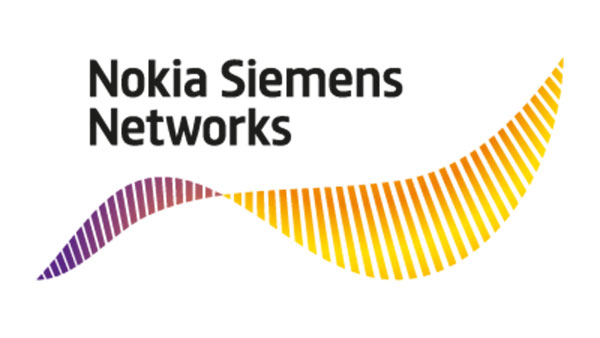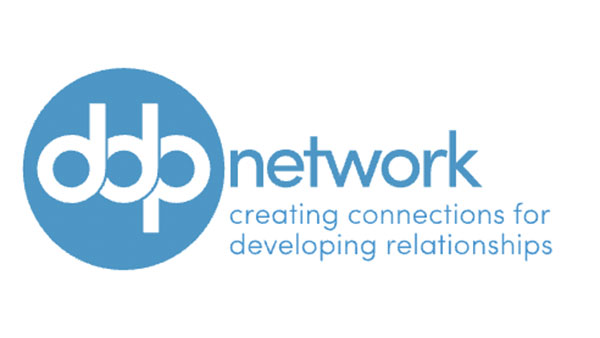Although attachment styles are more visible in loving relationships, it is important for all professionals working in areas of mental health: counselors, therapists, psychologists and credentialed coaches to identify clients who are in the spectrum of one or more attachment styles.
When a person has awareness of how they are functioning predominantly, for example, if they have trauma, or they are functioning in an attachment style spectrum, or more than one attachment style spectrum, awareness of this will be the start of behavior change.
To change, we need to accomplish this in steps. We need first the awareness of what we are doing, and how we are reacting to have the power to change our behavior or communication. The development of self-awareness is the start of change. Next, clients or people with attachment styles have to learn to catch and work with their impulses to react, act or speak, to alter their behavior.
How coaching can help clients with attachment styles:
- Improve their awareness
- Encourage them to learn to catch bodily impulses, and thoughts, and to not act on these. Instead, make new choices
- Develop greater self-control & self-discipline
- Journal and self-reflect to develop greater specific thinking capabilities
- Use EMDR to desensitize emotions, as emotions limit choice
- Hold a client accountable to change
Attachment styles are powerful and can take time to change in a person even when working with a professional. Be persistent, but patient as a credentialed coach.
Provide reading materials and videos on attachment styles to positively impact a client’s awareness and learning. Encourage clients to journal and self-reflect, also to exercise daily, so they are functioning in relationships and life with their brain fully optimized to learn, adapt and respond.
Counselors, therapists and credentialed coaches need to be attachment style educated or informed to work with the majority of the public, because so many people have both trauma, and attachment style issues.












































